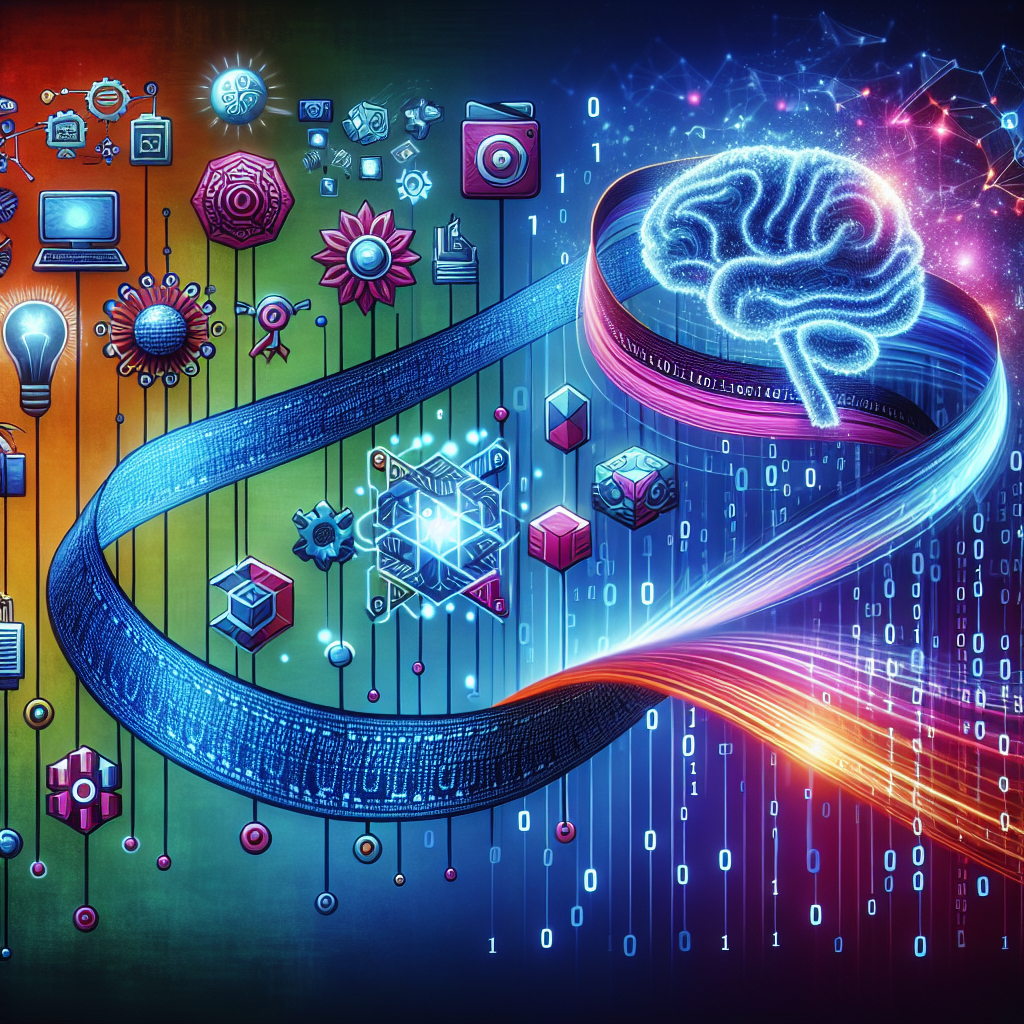Generative AI, also known as generative adversarial networks (GANs), has made significant advancements in recent years, particularly in the field of interactive media. This technology has the ability to create new content, such as images, videos, and even music, by training on existing data. It has revolutionized the way content is created, allowing for the generation of realistic and high-quality media that was previously only possible through human input.
The evolution of generative AI in interactive media has been a gradual process, with researchers and developers continually pushing the boundaries of what is possible. In this article, we will explore the history of generative AI, its applications in interactive media, and how it is shaping the future of content creation.
History of Generative AI
Generative AI has its roots in the field of machine learning, which aims to develop algorithms that can learn from and make predictions based on data. One of the earliest forms of generative AI was the Markov chain, which is a mathematical model that can generate sequences of random variables based on a set of probabilities.
In 2014, a major breakthrough in generative AI came with the introduction of GANs by Ian Goodfellow and his colleagues. GANs consist of two neural networks, a generator and a discriminator, that work together to generate new content. The generator creates new samples based on random noise, while the discriminator evaluates these samples and provides feedback to the generator. Through this process of competition, the generator learns to create increasingly realistic content.
Applications in Interactive Media
Generative AI has a wide range of applications in interactive media, from creating realistic images and videos to generating music and other forms of content. One of the most well-known applications of generative AI is in the field of deepfake technology, which uses GANs to create realistic videos of people saying or doing things that they never actually did.
Another application of generative AI in interactive media is in the creation of virtual characters and environments for video games and virtual reality experiences. By training on existing data, generative AI can generate lifelike characters and environments that enhance the immersive experience for players.
Generative AI is also being used in the field of art and design, where it can generate unique and creative content that pushes the boundaries of traditional art forms. Artists and designers are using generative AI to create new and innovative pieces that challenge our perceptions of what is possible.
The Future of Content Creation
As generative AI continues to advance, the possibilities for content creation are endless. In the future, we may see generative AI being used to create personalized content for individual users, such as customized music playlists or tailored news articles.
Generative AI also has the potential to revolutionize the entertainment industry, with the ability to create new and exciting experiences for audiences. Virtual reality experiences, interactive storytelling, and immersive gaming experiences are just a few of the ways that generative AI is shaping the future of content creation.
FAQs
Q: How does generative AI differ from traditional content creation methods?
A: Generative AI uses machine learning algorithms to generate new content based on existing data, while traditional content creation methods rely on human input and creativity. Generative AI can create realistic and high-quality content that was previously only possible through human effort.
Q: What are some of the ethical concerns surrounding generative AI in interactive media?
A: One of the main ethical concerns surrounding generative AI is the potential for misuse, such as creating deepfake videos or other forms of misinformation. There are also concerns about privacy and data security, as generative AI relies on large amounts of data to train on.
Q: How can generative AI be used to enhance the user experience in interactive media?
A: Generative AI can be used to create personalized content for individual users, such as customized recommendations for music or movies. It can also be used to create immersive and interactive experiences in virtual reality and gaming.
In conclusion, generative AI has come a long way since its inception, and its applications in interactive media are vast and diverse. From creating realistic images and videos to generating music and other forms of content, generative AI is reshaping the way content is created and consumed. As the technology continues to advance, we can expect to see even more innovative and creative uses of generative AI in the future.

